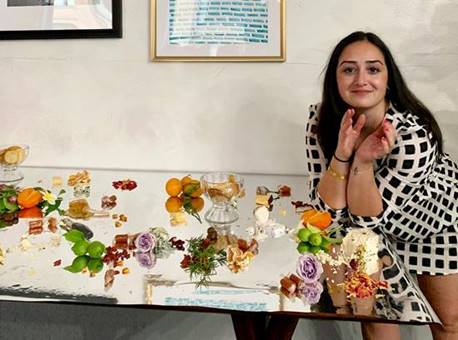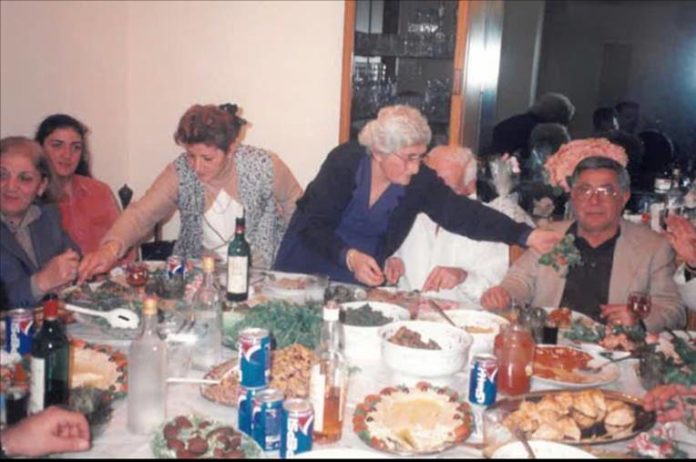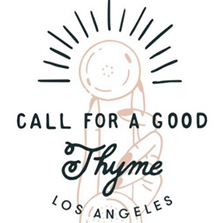LOS ANGELES — A first-generation American side hustle becomes a path for generational bonding and war relief efforts.
Story by Lara Talatinian as told to Kirsten Judson. Originally published on Zagat Stories.*
Born and raised in Los Angeles, Lara Talatinian is a first-generation Armenian-American. She is an event specialist and graduated from California State University, Northridge. She created Call for a Good Thyme as a way to bring Armenian cuisine to the table, support mutual aid, and preserve her family’s legacy. Call for a Good Thyme is a multifaceted events company focusing on cultivating community through food, party and culture. It specializes in charcuterie and cheese platters, floral design and party planning.

From Lara Talatinian:
Generational cooking has played an important role in my life. I think about my grandparents, my grandmothers, both maternal and paternal, and I reflect on how each one had a different style, and how I would only eat certain things they would make.
One of my grandmothers lives in Toronto, and her apartment always smelled like manakish, which is basically just za’atar bread. She would make it at home all the time — I thought that was the coolest thing. I’d wake up in her apartment on the pullout couch and have manakish and tea. It was the definition of comfort.










